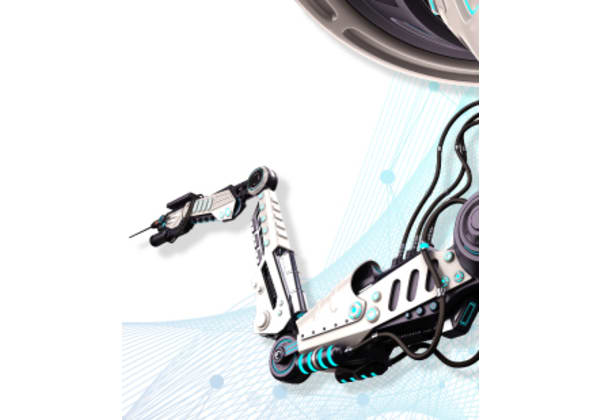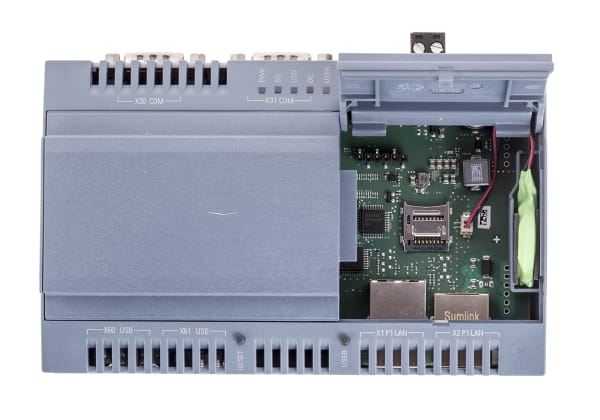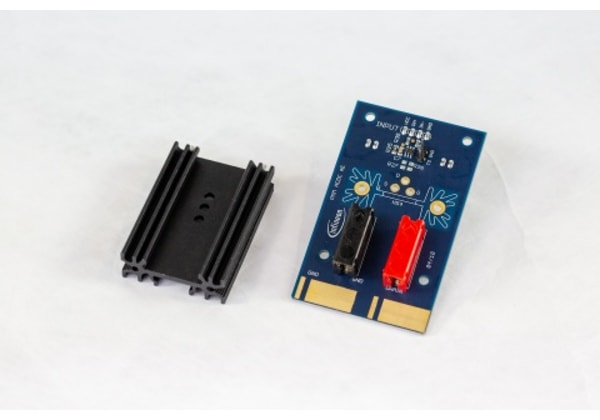- Published 4 Nov 2024
- Last Modified 4 Nov 2024
- 5 min
Development Kits Guide: What Are Raspberry Pi and Arduino?
Find out all you need to know about the development tools Raspberry Pi and Arduino.

Reviewed by Jay Proctor, Technical Support Team Leader (September 2022)
If you’re starting a new project or creating a new product, development tools offer a great way to explore your ideas. Microcontrollers, single-board computers, and open-source platforms are essential for designers and developers, aiding in the improvement of programming skills and enabling beginners to experiment with coding on a circuit board.
Raspberry Pi and Arduino are two of the most widely used development tools, thanks to their simple yet powerful design. This article will outline what they are and provide insights on how to use them effectively.
What are Development Tools?
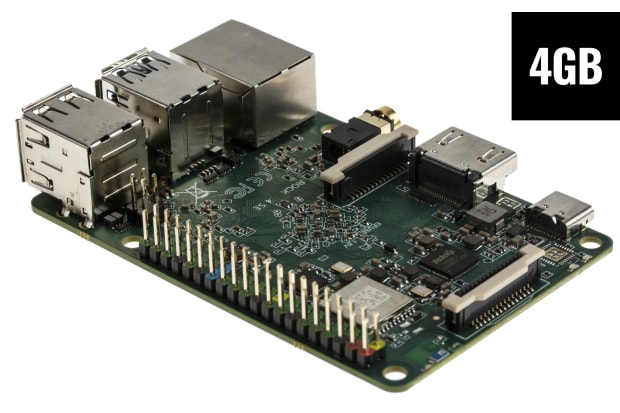
Development tools are essential kits that blend software and hardware, allowing users to test, prototype, and evaluate electronic boards without the need for manufacturing a printed circuit board. These kits often include microcontrollers, processors, and single-board computers, all of which can connect to programming software for coding specific functions.
Depending on the tool, you can dive into new electronic computing projects, prototype innovative ideas, or assess existing designs. Some development kits support open-source coding, enabling you to customize the board to meet your specific needs using freely available source code that can be shared and modified. Other kits feature high-performance processors that allow for complex functionalities, but these come with fixed source code that cannot be redistributed.
What is a Raspberry Pi?
Developed by the Raspberry Pi Foundation, a charitable organization dedicated to making computing skills accessible, Raspberry Pi offers a series of single-board computers that empower users to program, code, and create open-source projects—all within a compact device the size of a credit card.
Since the introduction of the original Pi 1 in 2012, several generations and models have been released. The latest, the Raspberry Pi 400, features a powerful quad-core 64-bit processor and 4GB of RAM.
Each Raspberry Pi is designed to be user-friendly, powerful, and cost-effective. These personal computer kits can easily connect to any monitor or TV, making them ideal for individuals looking to enhance their computing skills and explore new technology projects.
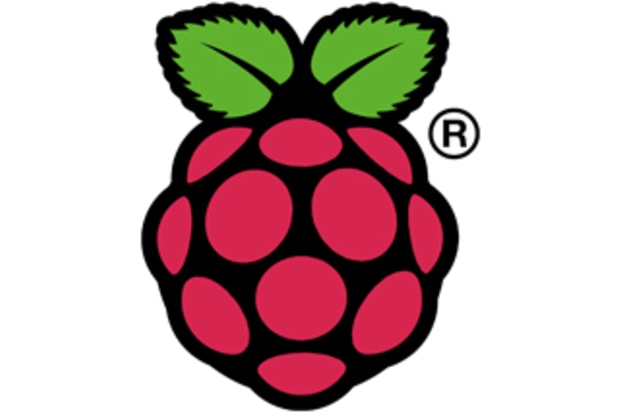
What Can You Do with a Raspberry Pi?
Raspberry Pi devices are designed to serve as compact and powerful alternatives to traditional personal computers. They can handle a wide range of tasks, from developing IoT (Internet of Things) systems to connecting to your home network, printing documents, or even setting up a web server. Whether you're looking to enhance your programming skills or unleash your creativity in computing, Raspberry Pi is an excellent choice.
Running on Linux, these devices can control electronic components, automate systems, and allow for programming in Scratch and Python. However, it's important to note that while Raspberry Pi offers versatility, its closed-source nature limits customization compared to microcontrollers.
What is Raspberry Pi Software?
Previously referred to as Raspbian, Raspberry Pi OS is the operating system designed for Raspberry Pi single-board computers. It comes in three versions: Lite, Desktop, and Desktop with Recommended Software. Each version offers varying features, with the Desktop and Recommended Software edition providing over 2,000MB of applications and tools.
Thanks to the flexibility of Raspberry Pi devices, users can also install other operating systems based on their specific needs and preferences. This versatility makes it easy to customize your computing experience.
Driving Tech Innovation Through Raspberry Pi
Raspberry Pi has become an invaluable tool in Hong Kong, fostering innovation in education, technology, and creative projects. With its affordability and versatility, it is widely used in schools to teach coding and electronics, empowering students to develop essential digital skills. Local makers and tech enthusiasts leverage Raspberry Pi for various applications, from building smart home systems to creating interactive art installations. Its compatibility with numerous software platforms allows users to experiment with IoT projects, robotics, and even data analysis, making it an ideal choice for both hobbyists and professionals looking to explore the burgeoning tech landscape in Hong Kong.
What is Arduino?
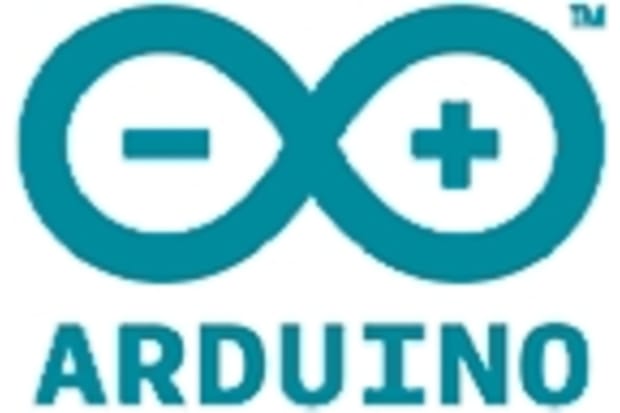
Arduino integrates a physical circuit board with software to create an open-source platform designed to facilitate the testing and development of electronic systems. Engineered specifically as a microcontroller for electronics projects, it enables users to create devices capable of automating real-world tasks.
Through the interpretation of input signals into specific outputs, Arduino boards can execute a variety of automation tasks, such as triggering an alarm when an object approaches a sensor or, with additional components, powering robotic systems. Multiple Arduino board models are available to accommodate diverse user requirements, making these microcomputers an excellent choice for individuals initiating their journey in electronic computing.
What Language Does Arduino Use?
The Arduino Integrated Development Environment (IDE) serves as the primary software platform for programming Arduino devices. It utilizes C++ programming language to create 'sketch' files (.ino), which are streamlined programs designed to operate Arduino hardware. The open-source architecture of Arduino IDE facilitates the integration of supplementary libraries, thereby enhancing the device's functional capabilities.
Arduino Applications in Hong Kong
In Hong Kong, Arduino has established itself as a prominent platform for innovation across diverse sectors, including education, engineering, and art. Educational institutions employ Arduino boards in STEM curricula to provide students with practical experience in programming, robotics, and electronics, thereby cultivating a hands-on learning environment. Local enterprises and innovators are leveraging Arduino technology to develop advanced smart home solutions, automated systems, and interactive installations, thus contributing to the city's dynamic technological ecosystem. Furthermore, enthusiasts utilize Arduino for personal endeavors, ranging from custom-built devices to environmental monitoring systems, exemplifying its versatility and accessibility for individuals seeking to explore the realm of electronics and automation.
Arduino vs. Raspberry Pi: Which is the Better Choice?
Not sure which of these microcontroller development tools is right for you? Here are some key differences between Arduino and Raspberry Pi to think about:
- Raspberry Pi is a single-board computer, while Arduino is a microcontroller. The Pi's beefy processor can handle complex stuff, but Arduino sticks to single tasks unless you add extra hardware.
- Raspberry Pi's software and hardware are closed source and not up for grabs, but Arduino's are open source. This means you can tinker with Arduino more easily.
- Arduinos only use Arduino IDE for coding, but Raspberry Pi can use any IDE that runs on Linux. So, with Pi, you can code in your favorite language, though you can still import libraries into Arduino IDE.
- Raspberry Pi needs more juice due to its beefier processing power. You can plug and run an Arduino from another computer, but Pi needs its own power source.
- Raspberry Pi models cost more than Arduino devices, but both have options at different price points.
In a nutshell, if you want to level up your electronic computing skills and play around with small prototyping projects, Arduino is your go-to. But if you're looking to tackle more complex projects or run multiple tasks at once from your favorite IDE, then Raspberry Pi is the way to go.
